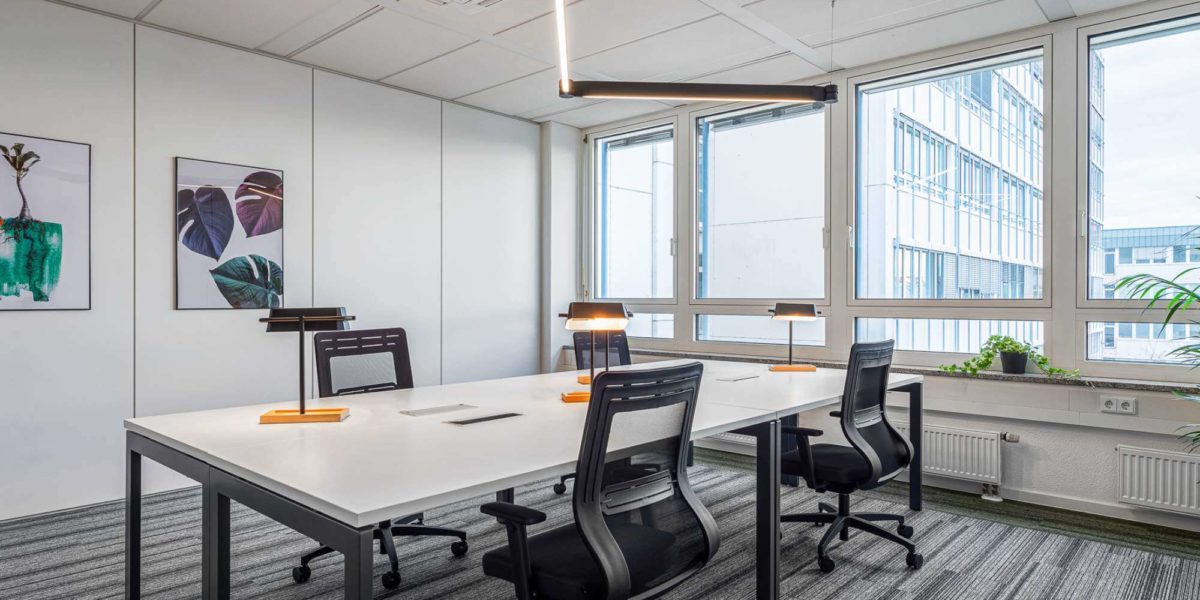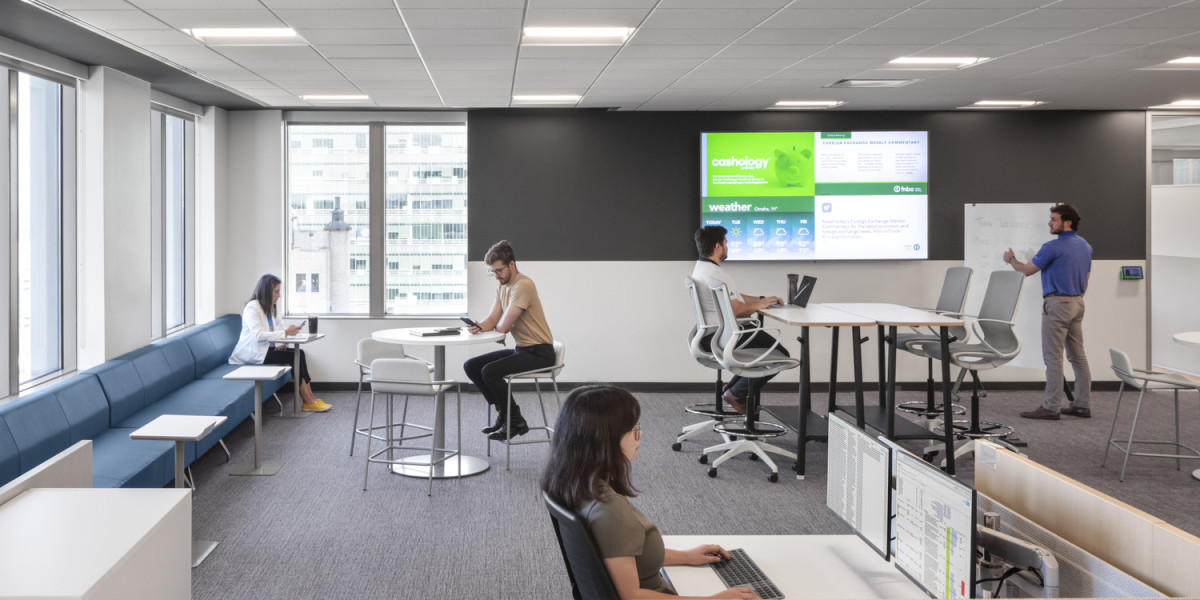The Role of Flexibility in Agile Office Site Ranking

The concept of the traditional office is undergoing a remarkable transformation. As organizations adapt to changing circumstances, the process of office site selection has become more agile and flexible than ever before. In this blog post, we will delve into the pivotal role that flexibility plays in agile Office Site Ranking.
Understanding Agile Office Site Ranking

To begin our exploration, let’s define what we mean by “Agile Office Site Ranking.” In essence, it’s a dynamic approach to choosing office locations that takes into account the rapidly changing needs of businesses and employees. Unlike traditional methods that might involve rigid, long-term leases in fixed locations, agile op사이트 순위 embraces adaptability.
Gone are the days when a business could predict its office space requirements for the next decade with unwavering certainty. In today’s fast-paced world, where remote work, hybrid models, and unexpected disruptions like the COVID-19 pandemic are the new norm, businesses need to be more flexible in their approach to office site selection.
The Need for Flexibility
Why is flexibility so crucial in modern office site ranking?
To answer this question, we need to examine the shifting landscape of business needs. Traditional office spaces were designed with long-term stability in mind, but the modern workplace requires a different mindset.
Changing Business Needs: Businesses today are more dynamic than ever. Startups grow rapidly, established companies may need to scale down temporarily, and mergers and acquisitions can significantly impact space requirements. Flexibility allows organizations to adapt to these changes efficiently.
Employee Expectations: Employees now expect a more flexible work environment. The desire for remote work options, the ability to choose a workspace based on the task at hand, and the need for a healthy work-life balance are all driving factors.
Pandemic-Driven Adaptations: The COVID-19 pandemic forced businesses to reevaluate their office space requirements. Many companies shifted to remote work and downsized their physical offices. Flexibility became a survival strategy.
Flexibility in Location Criteria

Flexibility in agile office site ranking extends to location criteria. In the past, businesses may have fixated on specific geographic areas, but today’s approach is more nuanced.
Considering Multiple Scenarios: Agile site ranking involves evaluating multiple location scenarios. Instead of locking into a single location, businesses explore various options based on their evolving needs.
Adaptable Location Criteria: Location criteria must be adaptable. This means being open to considering locations that might not have been on the radar initially but could become viable based on changing circumstances.
Space Design and Layout Flexibility
Flexibility also plays a crucial role in the design and layout of office spaces. Traditional offices were often characterized by static layouts and dedicated workstations. Agile offices, on the other hand, embrace adaptability in design.
Modular Design: Modular office design allows for quick and easy reconfiguration of spaces. Walls and furniture can be moved to create different layouts, making it simple to accommodate changing team sizes and needs.
Multifunctional Spaces: Agile offices incorporate multifunctional spaces that serve various purposes. Conference rooms can double as collaboration spaces, and quiet corners can become focus areas. This versatility optimizes space utilization.
Technology and Infrastructure

Flexibility in office site ranking isn’t limited to physical spaces; it also extends to technology and infrastructure considerations.
Role of Technology: Technology plays a pivotal role in enabling flexibility. It supports remote work, provides tools for collaborative work, and facilitates efficient space management. IoT (Internet of Things) devices, for example, can track space utilization and adjust lighting and temperature accordingly.
Adaptable Infrastructure: Agile office spaces require adaptable infrastructure. This might include flexible wiring and HVAC systems that can be easily adjusted to accommodate changing layouts and space needs.
Overcoming Challenges
While flexibility offers numerous benefits, it’s not without its challenges. Organizations need to address these challenges to fully embrace agile office site ranking.
Cultural Shift: Embracing flexibility may require a cultural shift within the organization. Employees and management need to buy into the idea of a more dynamic workplace.
Lease Flexibility: Negotiating flexible lease agreements can be complex. Companies may need to work closely with landlords or property management firms to achieve the desired level of flexibility.
Risk Management: Flexibility can introduce risks, such as potential disruptions in case of office reconfigurations. Businesses should have robust risk management strategies in place.
Case Studies
To better illustrate the concept of flexibility in agile office site ranking, let’s explore a couple of real-world case studies.
Case Study 1: Company A
Company A, a rapidly growing tech startup, adopted an agile office site ranking approach. Instead of committing to a long-term lease in a single location, they chose flexible coworking spaces in different cities. As they expanded, they could easily add or reduce office space as needed, accommodating their dynamic growth.
Case Study 2: Company B
Company B, a more established organization, reevaluated its office space requirements during the pandemic. They downsized their headquarters but established satellite offices closer to where employees lived. These smaller, strategically located offices allowed for easier access while reducing commute times and expenses.
Future Trends
The future of agile office site ranking is promising. Here are some emerging trends to watch out for:
Hybrid Work Models: Hybrid work models, combining remote and in-office work, will continue to shape office space requirements.
AI and Data Analytics: Artificial intelligence and data analytics will play a more significant role in optimizing office space usage and predicting future needs.
Sustainability: Sustainable and eco-friendly office spaces will gain prominence as companies prioritize environmental responsibility.
Conclusion
The role of flexibility in agile office site ranking cannot be overstated. In a world where change is the only constant, businesses must adapt and be prepared for the unexpected. By embracing flexibility in location criteria, space design, technology, and infrastructure, organizations can thrive in the modern workplace landscape. The ability to pivot and adjust to evolving needs is the key to success in office site selection today.
As you consider your own office site ranking strategies, remember that agility and flexibility are your allies. Embrace change, stay adaptable, and watch your workplace transform to meet the needs of the future.
